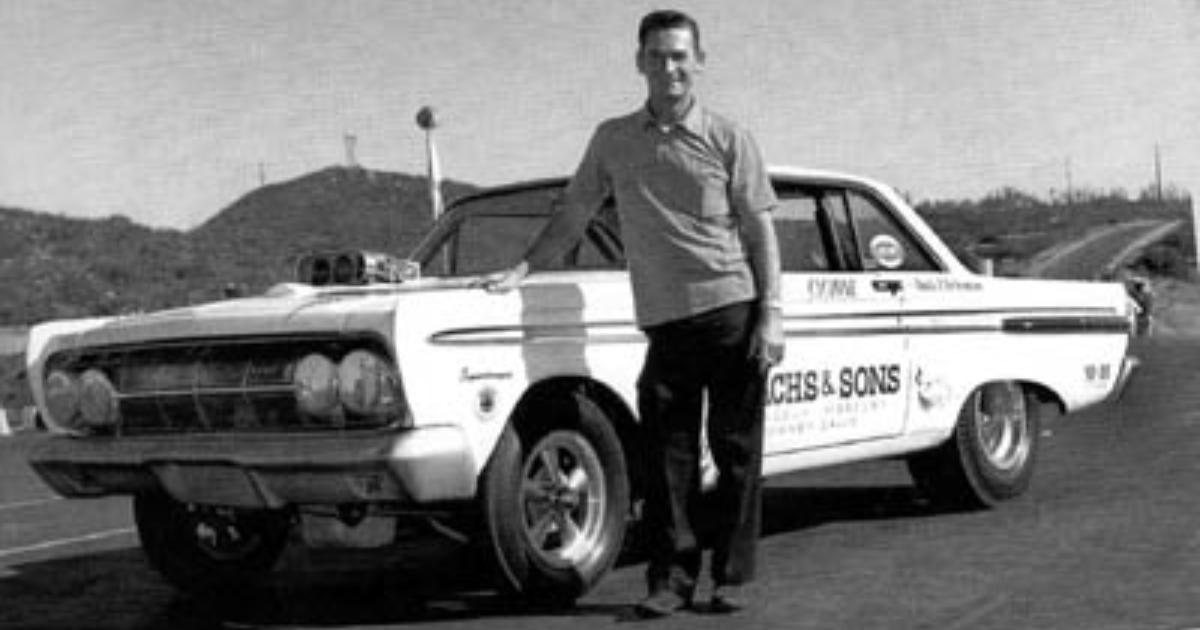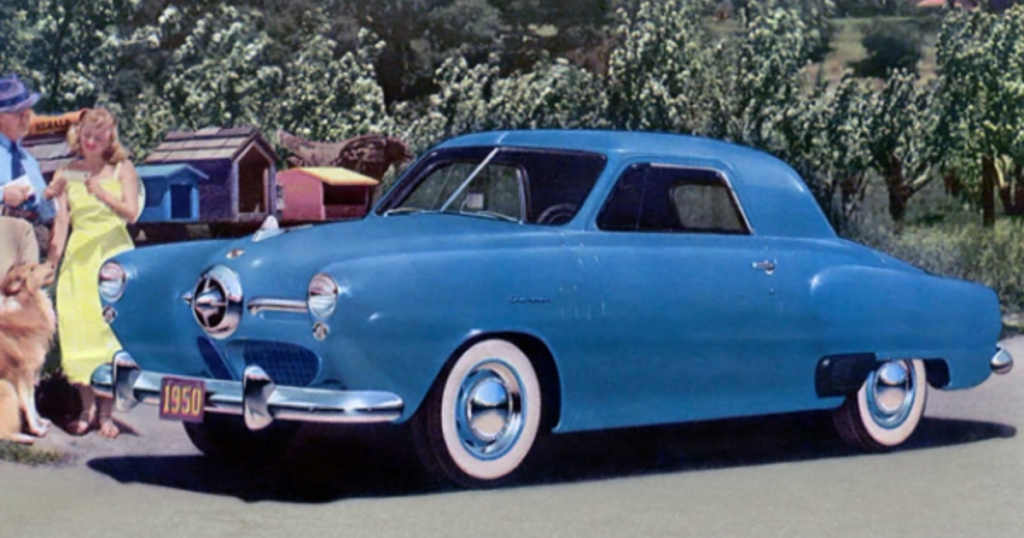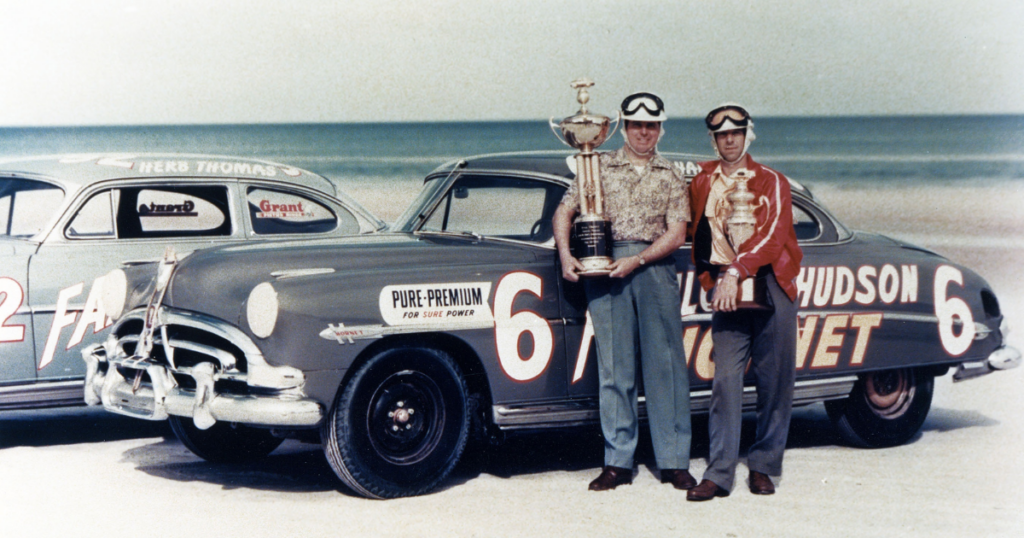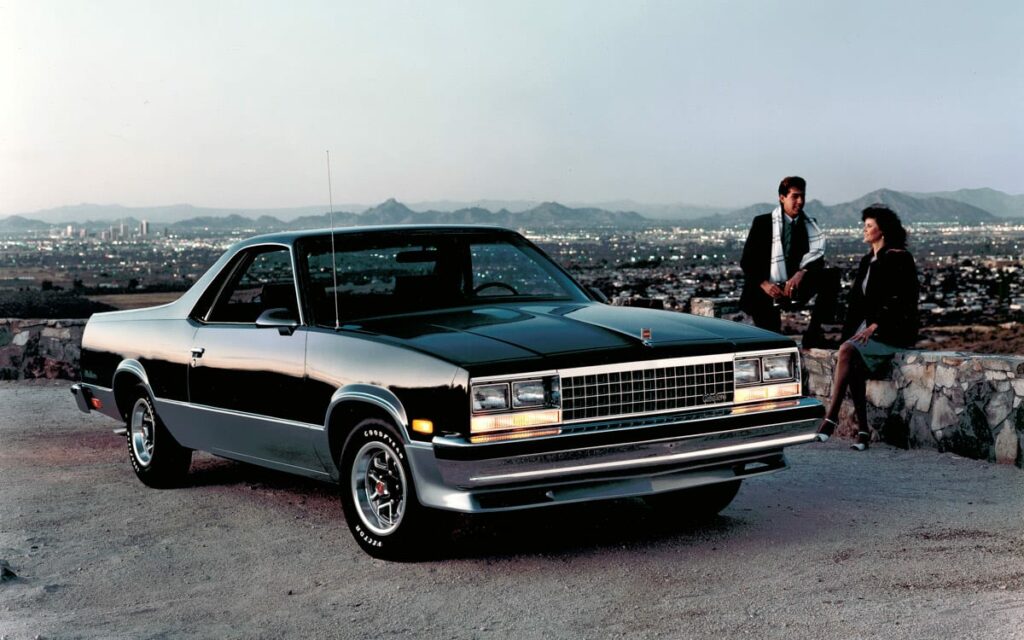
Although the origin of the term “lazy liters” is unclear, it accurately describes the tactic employed by the Ford V8 that won Le Mans back-to-back in 1966 and 1967. The Ferrari P3 and P4 prototypes, Ford’s main competitors at the time, had high-tech, over-strung V12s that revved above 8,000 rpm. In contrast, the Ford racing engine was heavily influenced by the production Galaxie 427 V8, which was available to the public. It was more than enough for the large, gently strained Ford to cruise around at a maximum of 6400 rpm and still produce better than 485 horsepower, thanks to its 7 liter displacement, which was more than double the displacement of the Italian thoroughbreds’ 4 liters.

The world’s quickest prototype racers were beaten by a humble Detroit V8, so of course there were some tactics involved. But back then, Ford was kind enough to record their endeavors in a stack of SAE papers, which we used extensively in our story.
Aluminum cylinder heads, intake manifold, water pump, and timing cover, along with a cast magnesium oil pan, were used to decrease the weight of the massive FE-series passenger car V8. Thanks to the lightweight components, the engine’s weight dropped from 685 to 555 pounds, which is much more manageable. However, a dry sump oiling system added 25 pounds, bringing the total weight down to 580 pounds. The 427 SOHC V8 was investigated by Ford for the Le Mans program, but it was deemed too heavy and cumbersome; in contrast, the regular 427 medium-riser easily achieved the output targets.
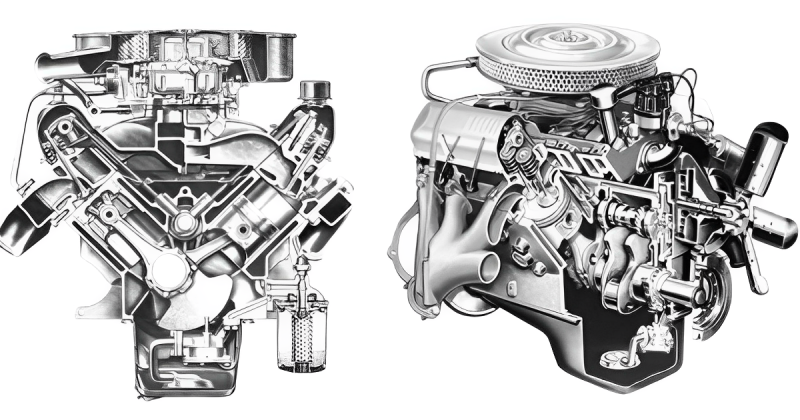
Although the Le Mans dry-sump configuration was innovative in that it housed the pressure and scavenge pumps within the oil pan rather than on an outside pump and drive belt, it nevertheless offered the same advantages of a dry sump, such as lower ground clearance and better lubrication when cornering at high loads. Harold Droste, a master of carburetors for Holley and Ford, designed unique center-pivoting float bowls for the 780 cfm four-barrel to control fuel slosh while cornering. This setup quickly transformed into the now-familiar Holley center-hung float chamber, which was once known as the Le Mans float bowl.

The Le Mans engine’s extremely moderate state of tune is another startling feature. Because the aluminum heads had steel valve seat inserts, the compression ratio was 10.5:1, which was lower than the factory 425 horsepower Galaxie V8. The intake and exhaust valves were also somewhat narrower than stock. It was said that the camshaft was a generic NASCAR part.
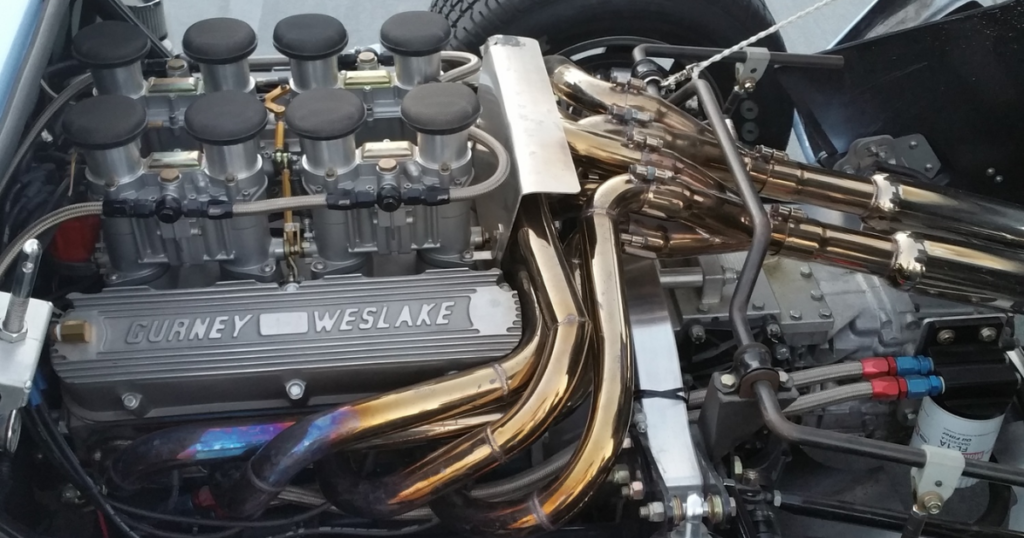
The combination’s one unusual part was the bundle-of-snakes exhaust header, which solved the problem of exhaust scavenging caused by a production-style cross-plane crank by crossing the tubes on opposite banks. Coventry Climax had utilized the setup a few years prior in Formula 1, and Ford made heavy use of it in its Indy and Le Mans campaigns in the 1960s.

In order to gauge the performance of the Le Mans V8, Ford created a prototype road-load dynamometer that could mimic the complex conditions found on the Daytona, Sebring, and Le Mans road courses. The legendary 1-2-3 finish by the Ford GTs in 1966 was propelled by an engine that produced 485 horsepower at 6400 rpm and 475 lb-ft of torque at 3600 rpm. The power was reported to be 520+ hp for 1967, thanks to two carburetors and some precision work.

In addition, the engine’s seven lazy liters allowed it to maximize its total efficiency by circling the circuit at speeds closer to its peak torque rpm. The 1967 Le Mans winning Foyt/Gurney Ford Mark IV prototype (picture above) not only took first place overall, but it also won the event’s Index of Thermal Efficiency, which is typically given to junior class small-displacement race cars. That outstanding accomplishment is still acknowledged at Le Mans to this day.

